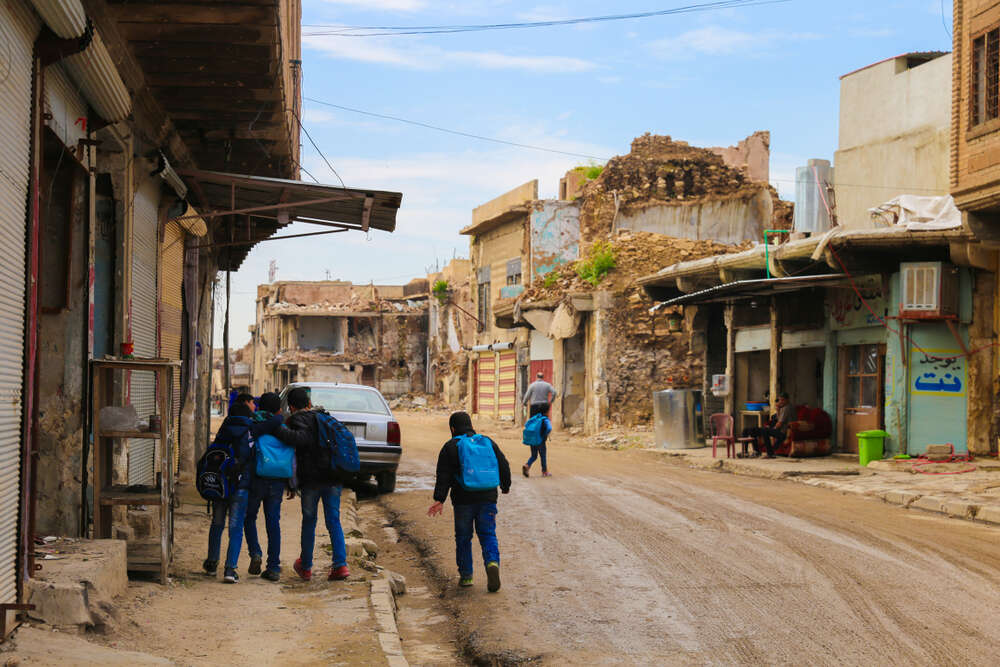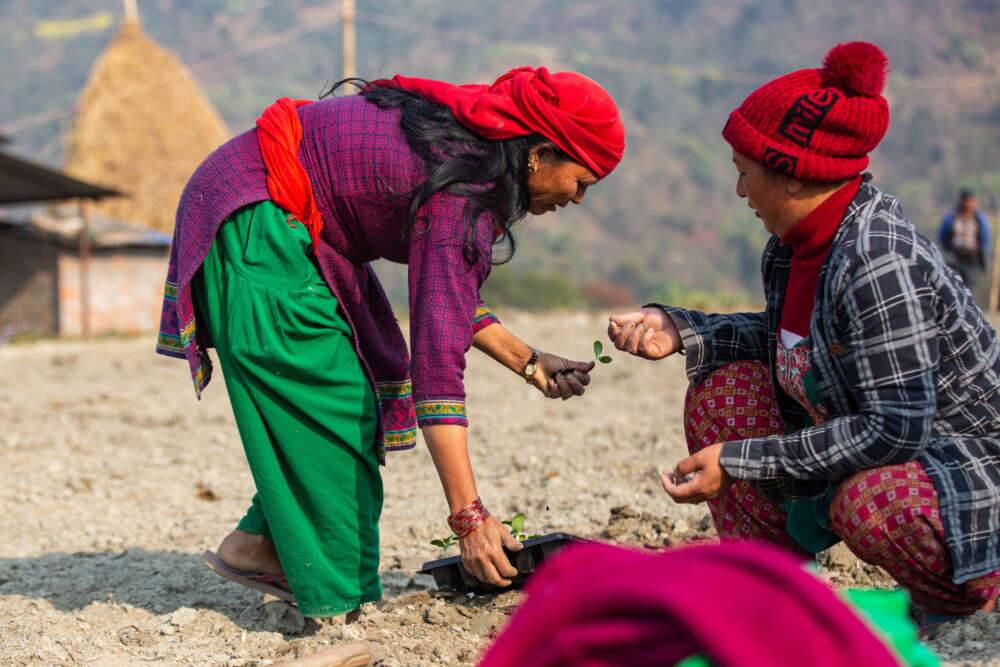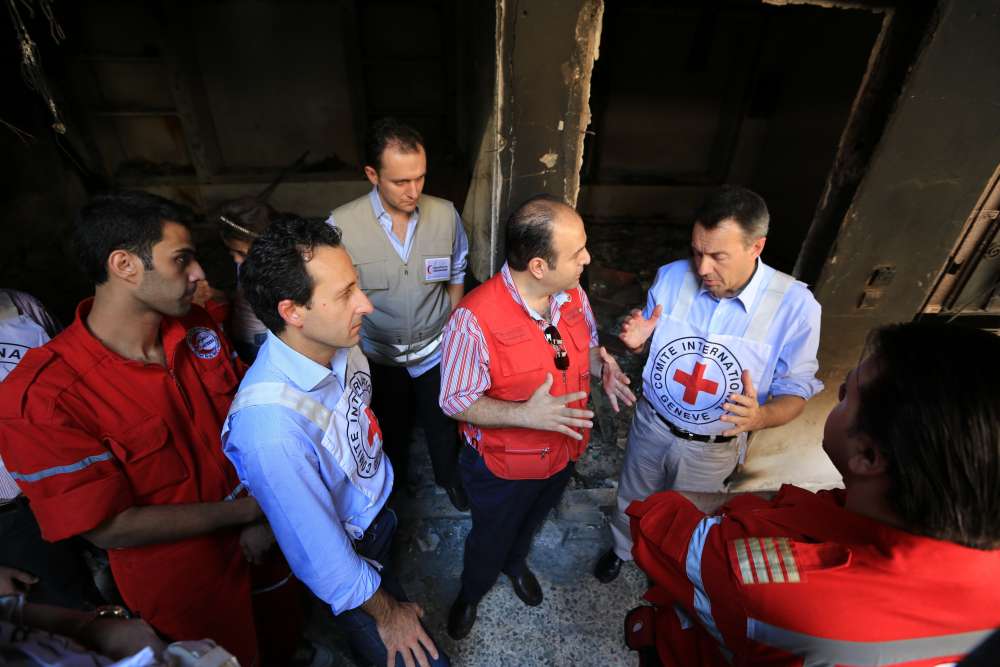Technologies for Monitoring in Insecure Environments

Introduction
Operating in insecure environments is one of the more critical tests for the humanitarian community. Access constraints, uncertainty, attacks and aid diversion make these unlikely settings for innovation. Yet several new approaches come from highly insecure environments. In these settings, technologies like mobile phones, radios, internet platforms and GPS trackers are sometimes the only way to send and receive vital information, or track the movement of goods.
Objectives
Consultations with the SAVE learning partners highlighted that many humanitarian organizations are interested in exploring technologies, but unsure what technological options exist and what their respective advantages and downsides for monitoring are. This toolkit provides an overview of different technological options for M&E, summarizing the lessons learned from various pilot projects in countries like Afghanistan, Somalia, South Sudan and Syria.
Approach
The team conducted research on a set of specific technology applications: handheld devices for digital data collection, feedback mechanisms using mobile phones, remote sensing with satellites or delivery tracking, the use of broadcasting with radios, and online communication platforms. For each application, the research team conducted a literature and document review, identified potential case examples and conducted interviews on practice examples. Results are collected in this toolkit that provides information on how the different applications work, conditions and costs involved, benefits for M&E and limitations and challenges encountered.
SAVE was a three-year research program that explored how to provide effective and accountable humanitarian aid in insecure contexts.







